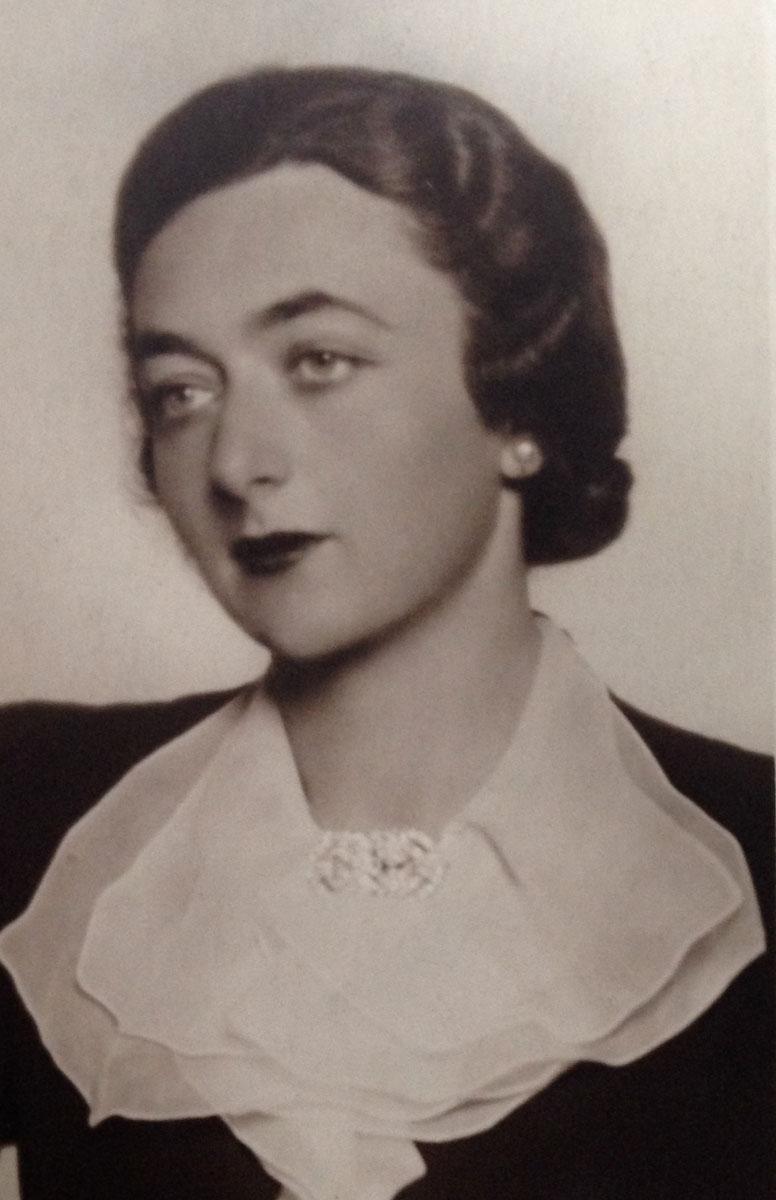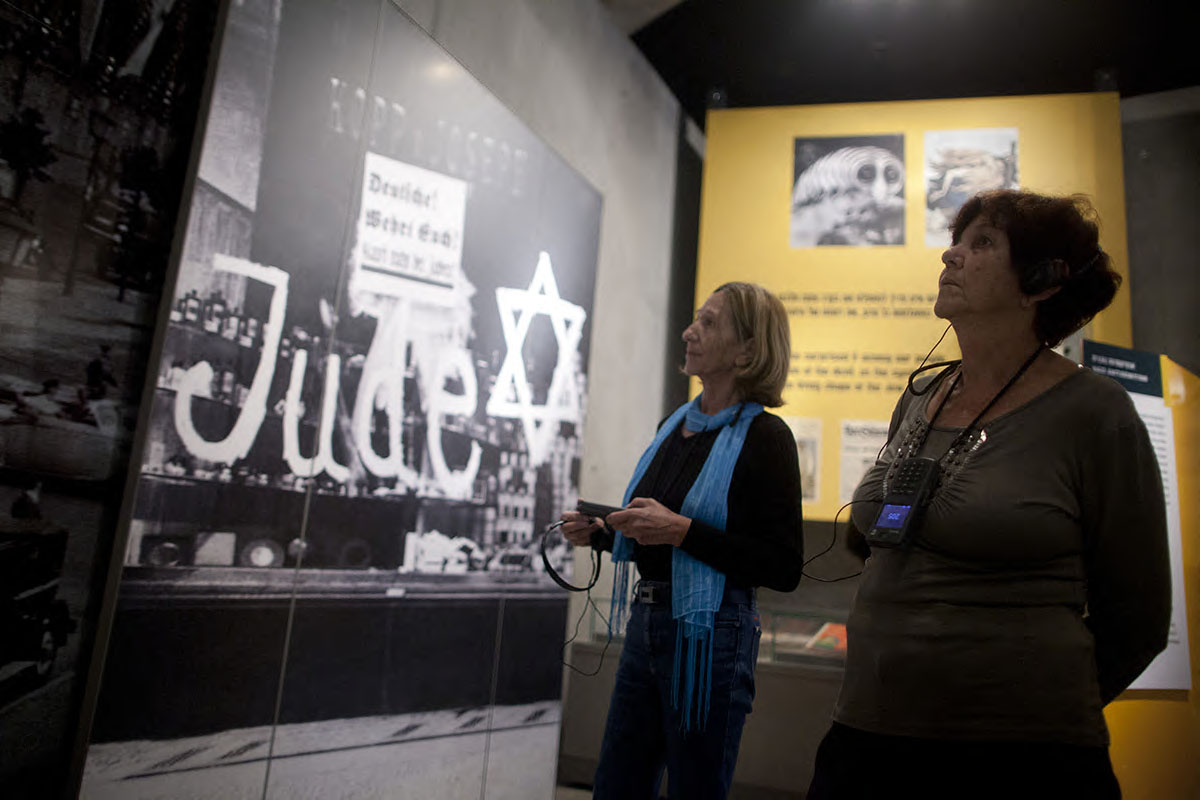Watercolor and pencil on paper
Collection of the Yad Vashem Art Museum, Jerusalem
Gift of Miriam Novitch, Israel

Courtesy of Dr. Zuzana Spitalska

Sunday to Thursday: 09:00-17:00
Fridays and Holiday eves: 09:00-14:00
Yad Vashem is closed on Saturdays and all Jewish Holidays.
Entrance to the Holocaust History Museum is not permitted for children under the age of 10. Babies in strollers or carriers will not be permitted to enter.
Watercolor and pencil on paper
Collection of the Yad Vashem Art Museum, Jerusalem
Gift of Miriam Novitch, Israel

Courtesy of Dr. Zuzana Spitalska

Felix (Ferdinand) Bloch was born in Vienna in 1898. He worked as a graphic artist. In 1938, following the Anschluss, he and his wife Antonie escaped to Milan and then to Prague. In July 1942, they were transported to the Terezin ghetto, where Bloch worked in the Technical Department. He and his artist colleagues produced official drawings and propaganda material for the Germans, while clandestinely, they depicted the reality of daily life in the ghetto. Following a visit by the Red Cross in June 1944, the painters were accused of smuggling anti-Nazi propaganda out of the ghetto. Bloch was incarcerated, along with his fellow artists, in the Small Fortress in the Terezin ghetto, where he was brutally tortured. In October 1944, he was beaten to death; his wife, who was imprisoned with him, was also murdered. Most of his artworks did not survive.
Born in Prague. Charlotte Burešová studied at the Industrial Art School and at the Academy of Fine Arts in Prague. She married Radim Bureš, a Christian lawyer, and gave birth to their only son, Radim, in 1927. In 1938, they got divorced. In 1941, Charlotte was forced to leave her home, which had been confiscated by the Nazis, and had to cease all artistic activities. In 1942, she was transported to the Terezin ghetto. Under orders, she created greeting cards and later worked in the artists’ workshop, where she produced copies of masterpieces. Clandestinely, Burešová created art depicting the harsh reality of the ghetto, as well as portraits of children, and drawings of flowers and dancers. After liberation, Burešová returned to her family in Prague, remarried her former husband, and continued painting.

Thank you for registering to receive information from Yad Vashem.
You will receive periodic updates regarding recent events, publications and new initiatives.

"The work of Yad Vashem is critical and necessary to remind the world of the consequences of hate"
Paul Daly
#GivingTuesday
Donate to Educate Against Hate


Worldwide antisemitism is on the rise.
At Yad Vashem, we strive to make the world a better place by combating antisemitism through teacher training, international lectures and workshops and online courses.
We need you to partner with us in this vital mission to #EducateAgainstHate
The good news:
The Yad Vashem website had recently undergone a major upgrade!
The less good news:
The page you are looking for has apparently been moved.
We are therefore redirecting you to what we hope will be a useful landing page.
For any questions/clarifications/problems, please contact: webmaster@yadvashem.org.il
Press the X button to continue



